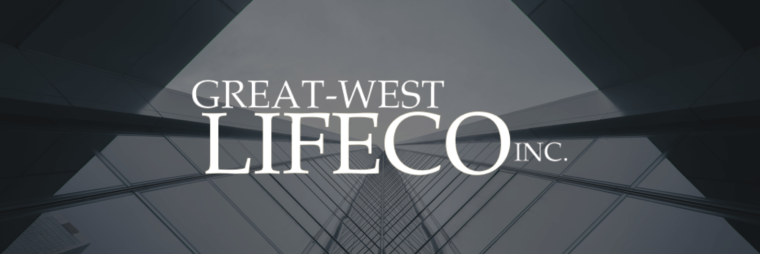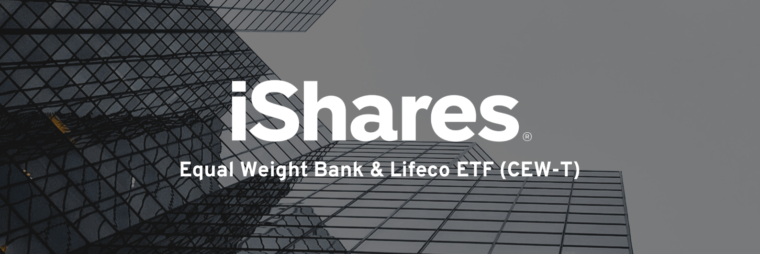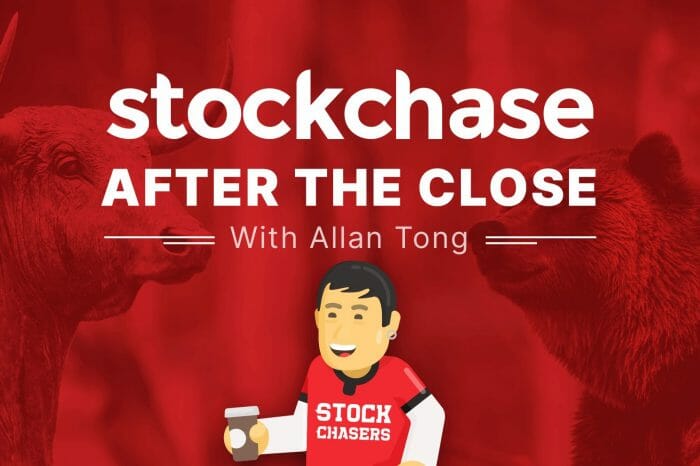4 Insurance Stocks to Stay Safe in a Risky Market

Insurance Stocks
In an uncertain market, what could be more predictable than insurance stocks? They are the opposite of speculative tech companies, enjoy consistent earnings, pay safe, generous dividends, and benefit from rising interest rates. On top of that, financials (banks and lifecos) are currently in a period of seasonality. The downside is that these type shares don’t move a whole lot either way. This means that anyone looking for quick returns of 50% is out of luck. However, if you seek a predictable stream of income, insurance is for you.

Consider this a trade at best, with an income kicker. MFC stock pays a steady 5.05% dividend, exceeding even Canadian banks like TD. Also working in its favour is the fact that the insurance stock trades at a low 6.95x PE and enjoys robust daily volumes of 7.3 million shares. Its Asian operations will enjoy a boost now that China is reopening, an area to watch.
However, the problem with Manulife is that its shares can never crack $28. Once MFC stock hits that ceiling, MFC falls—tumbling as low as $20.81 in the past year, or to $18 during Covid or back in 2016. Currently, MFC is climbing past $26 and could very well hit $27 in February. Will it reach $28? Possibly, but if it does, sell and pocket the profits.

Sun Life Financial Inc (SLF-T)
A better performing insurance stock has been SLF stock, which has rallied 25% in the past five years compared to Manulife‘s 3.25%. However, Sun Life pays a lower dividend yield of 4.34% (still nothing to scoff at) and trades at a higher PE of 12.19x. Like MFC, Sun Life has significant Asian operations and could enjoy tailwinds now that China has ended lockdowns. Most recently, SLF inked a C$260-million deal with Hong Kong’s Dah Sing Bank to supply life insurance to the latter’s 570,000 customers for 15 years. Last September, SLF spent US$214 million to buy Advisors Asset Management which will bolster its alternative investment business particularly to high-net worth Americans.
In fact, SLF’s growth engines lie in its Hong Kong pension business and mutual fund sales (India is key) that can grow upon the company’s solid foundation of cash. Sun Life has beaten (or met) its last four quarters, often by a wide margin. There’s runway ahead and the dividend will keep shareholders happy for a while.

GWO stock pays a 5.57%dividend yield, fine for income earners, and trades at 11.06x earnings. Of the three listed here, GWO boasts the lowest beta at 0.79, so it’s a stable ship on choppy seas. It has beaten three of its last four quarters, but missed the last in November 2022. While the dividend should be stable, GWO’s earnings growth lags its peers and the wider market. Annual growth over the last five year stands at 6.4% while the industry boasts 24.1% and the wider market 21.5%. Last year, GWO earnings growth actually declined by 9.7% while its peers climbed 5.1% and the market 9.4%.
It’s a trade-off. Shareholders enjoy that fat dividend, based on a roughly 55% payout ratio this decade, but that leaves less of the company’s earnings to reinvest in the business. There’s little to suggest that something will destabilize GWO’s overall business short-term. It’s as steady (and boring) as you could expect. Of the three insurers here, GWO stock has lagged the others, down 11% in the past year, with Manulife coming on top (albeit flat), but in January, GWO caught up by leaping 12% and leaving MFC and SLF in the dust. Of the three, consider this an income play, but one to buy on pullbacks given its recent 12% run.

iShares Equal Weight Bank & Lifeco ETF (CEW-T)
CEW stock trades on the TSX, though only at daily volumes of 5,700. It also charges a relatively high 0.61% for a passive fund, though pays a near-4% dividend yield. In the month of January, CEW stock has climbed nearly 8%. Not bad. Its beta sits at 1.01. Manulife and Sun Life are the biggest holdings, totaling 20%, while GWO, iA Financial Group while the big six banks round it out at roughly the same proportions. If you can’t decide which insurer to buy, then CEW amounts to one-stop shopping and little fuss. However, if you can stomach a little more risk, then choose one of CEW’s underlying holdings for better returns.



